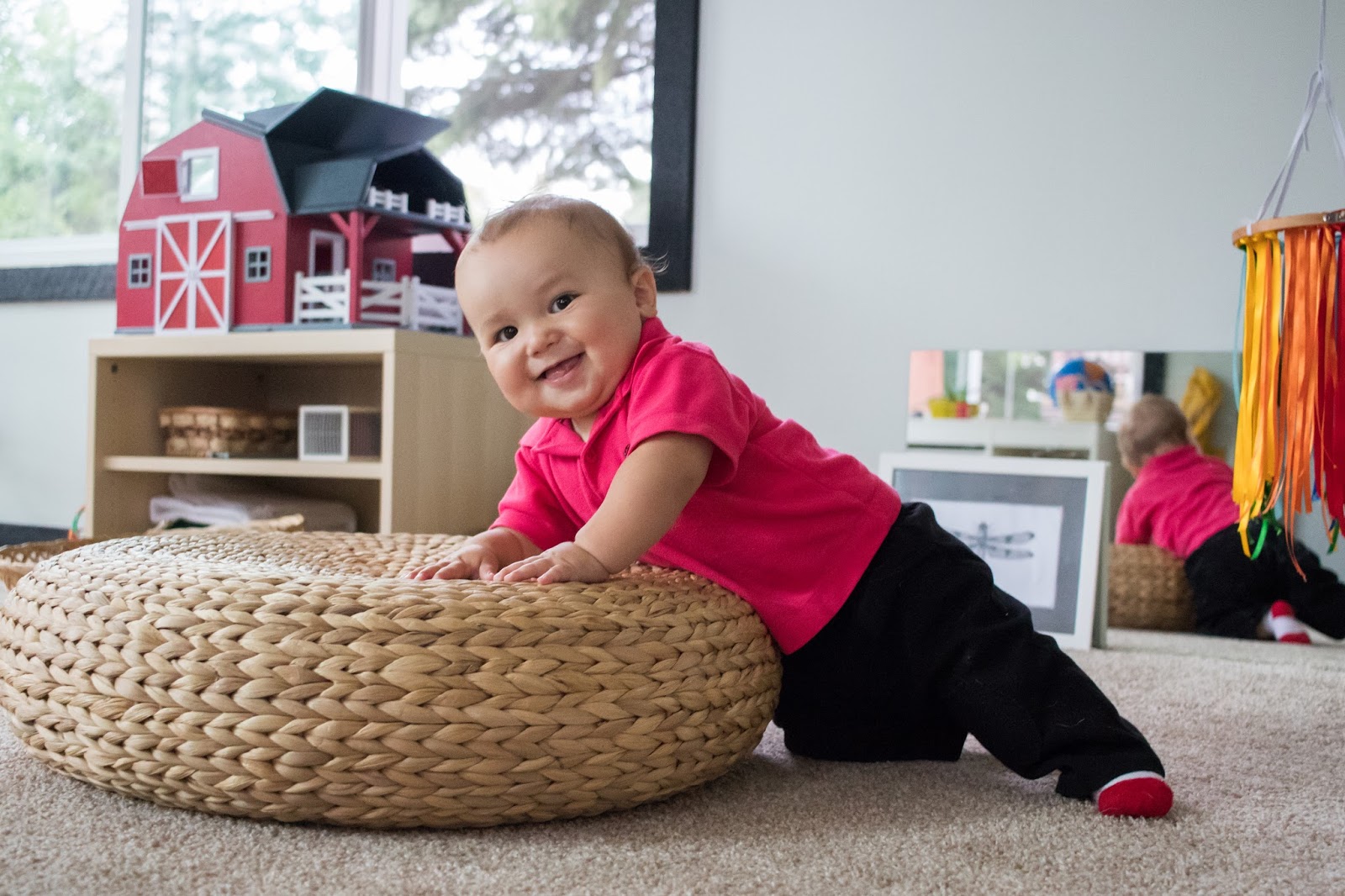Ways to Help Baby Learn to Walk
Baby learns to walk between 10 and 18 months old
Baby Learn to Walk – 8 Stages
a) Stage 1: Sitting
b) Stage 2: Creeping
c) Stage 3: Pulling Up
d) Stage 4: Strolling with Assistance
e) Stage 5: Cruising
f) Stage 6: Remaining Without Assistance
g) Stage 7: Initial Steps
h) Stage 8: Strolling
Walking Basics
From 4 -15 months, your baby goes from learning how to sit up to walking around the house on his own. During this exciting time, you can help Baby gain his confidence to take those first steps through simple games and words of praise. A baby learns to walk between 10 and 18 months old. This Description says that the Ways to Help Baby Learn to Walk. We should help the baby to walk.
a) Stage 1: Sitting

Baby Learn to Walk: At the point when the Infant begins sitting individually, without the assistance of a Boppy, she is at the principal period of picking up her versatility. Sitting will assist will with helping your little one reinforce the muscles she will require when she in the long run figures out how to stand. it is the first initiative by the baby to learn to walk.
Age: 4-7 months
What you can do: During playtime, roll a ball to and fro or play stacking games to assist her with improving her little muscles.
b) Stage 2: Creeping

Baby Learn to Walk: The most significant thing for the Child to do at the creeping stage is to work on moving his arm and legs simultaneously (regardless of whether he does a gut slither or a hurry). He will require these abilities when it comes time to walk.
Age: 7-10 months
What you can do: Assist him with building up these zones by having him slither from one side of the space to the next. At that point acclaim him for his development.
Read : Bedwetting In Children: Causes And Home Remedies
c) Stage 3: Pulling Up

As Infant becomes more grounded and progressively inquisitive, she will fire pulling herself up with the help of furniture, or mother and father. This is the point at which you can begin taking a shot at balance and getting her acquainted with the standing position.
Age: 8 months
What you can do: Assist Infant with pulling herself up then tell her the best way to twist her knees to get down to the floor. This will help facilitate her falls when she begins making strides without anyone else.
d) Stage 4: Strolling with Assistance

As he begins to pull himself up and gain balance holding your hands, assist him with making a couple of strides. This will assist him with the following period of strolling and assist him with picking up the certainty to make those first strides.
Age: 8-9 months
What you can do: Practice, practice, practice – this is key for a Child when he is at this stage. The more he is used to standing and being on his feet – the almost certain he will feel great to make those initial barely any strides.
e) Stage 5: Cruising

Children will at that point start utilizing dividers and furniture to get around. This is alluded to as cruising. As Child turns out to be progressively portable ensure your house is totally infant verification and all furniture is verified to the divider.
Age: 8-9 months
What you can do: Urge Infant to turned out to be more associate while cruising and attempt to relinquish the divider or furniture. Simply ensure she has a delicate landing spot.
f) Stage 6: Remaining Without Assistance

Parity is a key piece of strolling. On the off chance that the Child can stand and adjust for a couple of moments she will before long feel like she can attempt to make a stride.
Age: 9 a year
What you can do: Transform adjusting into a game. Sit with the Child on the floor and assist her with holding up. At that point tally to what extent she can keep awake before she tumbles. Give her acclaim after each endeavor.
Read: Fever in Infants and Children
g) Stage 7: Initial Steps

The initial steps are a fantastic minute for your little one – so overemphasize it. Strolling is about certainty so everything paving the way to those initial steps need a lot of acclaim and support.
Age: 9 a year
What you can do: Cheer Infant to her initial steps by sitting on the floor and controlling her, gradually, as Child picks up her equalization let her stroll individually.
h) Stage 8: Strolling
It might take a couple of lurches and arrangement of steps before he is moving. Keep on adulating Child as he begins to investigate strolling. Remember that a few infants will want to creep, and may do a slither/stroll before he is on his feet normally.
Age: 12-15 months
What you can do: Empower strolling however much as could reasonably be expected. For instance, when you put an infant down put him in a mobile situation rather than a sitting position.
Read:
